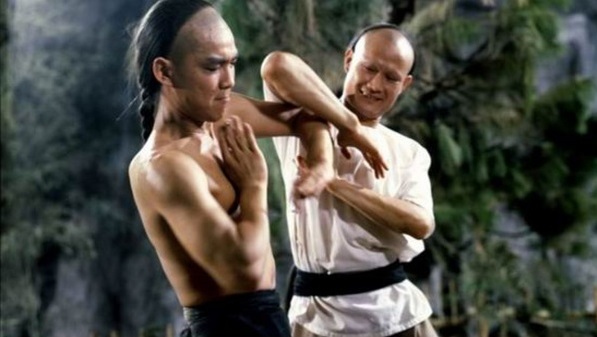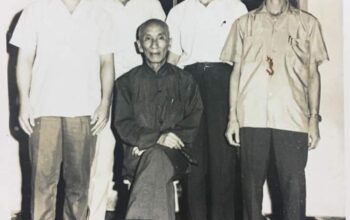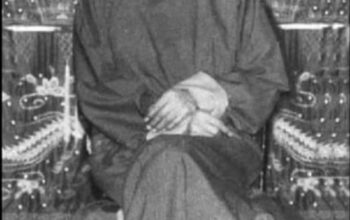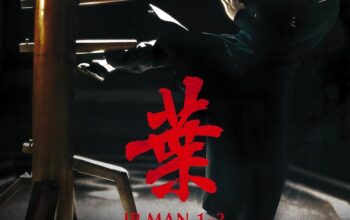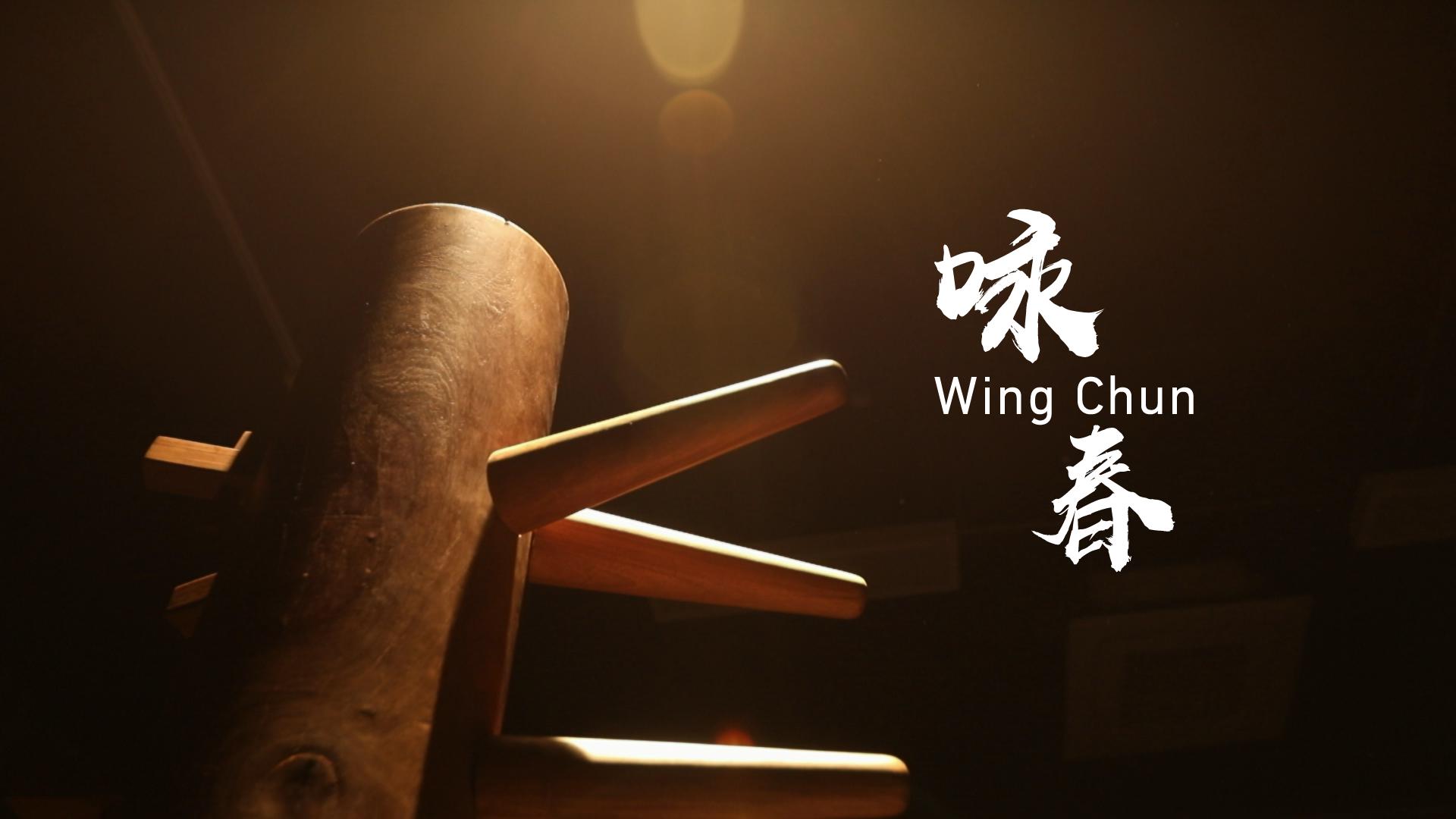What is Chi Sao in Wing Chun?
Chi Sao, also known as “sticky hands,” is a fundamental training method in the Wing Chun system of martial arts. It is a unique and essential practice that develops sensitivity, reflexes, and effective close-quarters combat skills. Let’s delve deeper into what Chi Sao is and how it contributes to the mastery of Wing Chun.
Chi Sao can be translated as “sticking hands,” which accurately describes the primary objective of the training. It involves maintaining constant contact with an opponent’s arms, typically through forearm-to-forearm contact. This continuous contact allows practitioners to develop a heightened sense of touch and sensitivity, enabling them to read an opponent’s energy and movements.
The practice of Chi Sao serves several crucial purposes in Wing Chun training:
- Sensitivity Development:
Chi Sao enhances tactile awareness and sensitivity. By maintaining contact with an opponent’s arms, practitioners learn to feel and interpret the subtle shifts in pressure, tension, and energy. This sensitivity allows Wing Chun practitioners to anticipate and respond to an opponent’s movements effectively, giving them a distinct advantage in close-quarters combat. - Reflex and Timing Training:
The constant contact and interaction in Chi Sao drills train practitioners to develop quick reflexes and precise timing. Wing Chun practitioners learn to respond instinctively to an opponent’s attacks, simultaneously launching their own counterattacks. Through consistent practice, practitioners become more adept at intercepting and redirecting an opponent’s strikes, effectively neutralizing them and launching their own attacks. - Flow and Adaptability:
Chi Sao training cultivates the ability to flow seamlessly between offense and defense. The continuous exchange of strikes and defenses in Chi Sao builds a fluidity of movement and adaptability. Wing Chun practitioners learn to adapt and adjust their techniques in real-time, smoothly transitioning between different positions, angles, and techniques based on the movements and energy of their opponent. This adaptability allows practitioners to maintain control and effectively respond to a variety of attack scenarios. - Application of Wing Chun Principles:
Chi Sao serves as a bridge between Wing Chun theory and practical application. Through the practice of Chi Sao, practitioners apply the core principles of Wing Chun, such as centerline control, simultaneous attack and defense, and economy of movement. Chi Sao allows practitioners to test and refine these principles in a dynamic and realistic context. It provides a safe training environment where practitioners can experiment, analyze, and validate the effectiveness of Wing Chun techniques.
Chi Sao training is typically structured in progressive stages, starting with basic drills and gradually advancing to more complex and challenging exercises. Initially, practitioners focus on maintaining contact and developing sensitivity to changes in pressure and energy. As they progress, practitioners introduce various techniques, such as strikes, traps, and footwork, into their Chi Sao practice. Advanced Chi Sao training incorporates freestyle drills, where practitioners engage in spontaneous and unpredictable exchanges, further honing their reflexes and adaptability.
It’s important to note that while Chi Sao is a valuable training method in Wing Chun, it is not meant to simulate a real fight or replace practical application in self-defense situations. Chi Sao serves as a training tool to develop specific skills and attributes that can be applied in real combat scenarios.
In conclusion, Chi Sao is an integral aspect of Wing Chun training. It fosters sensitivity, reflexes, adaptability, and the practical application of Wing Chun principles. Through continuous contact and exchange of energy with an opponent, practitioners develop a heightened sense of touch, enabling them to react effectively to incoming attacks and launch their own counterattacks. Chi Sao is a dynamic and interactive training method that contributes significantly to the mastery of Wing Chun and the development of practical self-defense skills.
